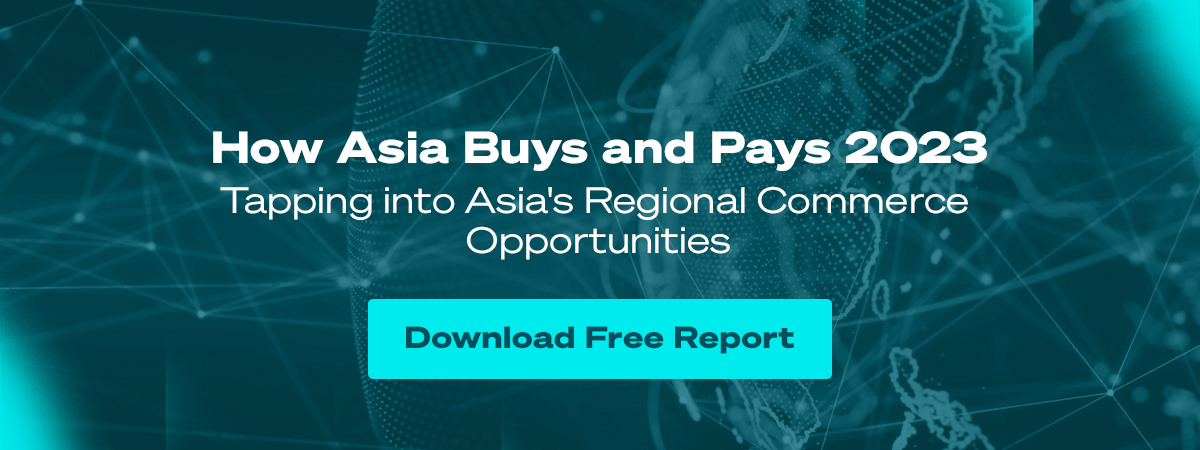
Optimising the online checkout process: Best practices for merchants
In today’s saturated online retail landscape, it is becoming increasingly difficult for merchants to differentiate themselves. While offering quality products at the best price remains a significant factor, it isn’t enough. Merchants must optimise every touchpoint of the consumer journey to attract and retain customers, especially at the final step of the process — the checkout page.
In the early days, paying for a product online involved mainly credit card or cash-on-delivery methods. Today, however, there are a plethora of payment methods available and a variety of digital touchpoints and channels (e.g., web, mobile, applications, marketplaces) to interact with a customer.
Based on feedback from merchants, here are four essential factors for building an optimal online checkout flow:
- Seamless integration with third-party payment providers
- Reinforcing customers’ trust
- Making payment options more accessible to all
- Adapting to consumer behaviour
Seamless integration with third-party payment providers
The less the customer is aware of the payment process, the better it is for the merchant. The logic is simple: Customers who encounter fewer steps to buy a product are more likely to complete the transaction.
Here are two common ways in which merchants handle payments in their checkout flow:
Direct integration with third-party payment providers (PSPs): Merchants can directly embed the checkout payment page into their environment. This method enables merchants to fully customise the design and control the payment process according to their business needs. However, it is also a highly complex approach as merchants need technical resources and expertise to implement, maintain and update the checkout page.
Redirection to PSP-hosted payment pages: Merchants can redirect customers to payment pages hosted by a third-party PSP. This process is much simpler as the PSP handles all technical aspects of payments, including security, compliance and updates, freeing merchants to focus on serving the customers. The potential drawback is that redirecting customers to a new website introduces more friction into the checkout process, which may lead to cart abandonment. Merchants would also have little recourse if the PSP’s platform experiences technical issues.
There is a third method that some merchants prefer, which combines elements of both of the aforementioned checkout page options. Merchants share more about this method in our newly-launched whitepaper developed in collaboration with Smartkarma, which features merchant insights on their evolving payment strategy.
Ultimately, picking the most suitable integration path depends on the merchant’s needs, including cost, implementation dateline, customisability requirements, and technical expertise.
Gaining customers’ trust
Customers need to feel assured that their financial information is safe and secure when transacting on the merchant’s platform. A data breach could severely damage the merchant’s reputation and result in a substantial loss of revenue.
Enabling the latest security protocols and features, including EMV 3D Secure 2.0 and tokenisation, empowers merchants to fortify their platforms while enhancing the user experience.
EMV 3D Secure 2.0 offers an improved authentication process and enhanced ability to detect fraudulent transactions, speeding up the transaction process and reducing cart abandonment rates.
Tokenisation is a protocol that masks sensitive financial data with unique tokens, making it virtually impossible for hackers to access customer’s data.
Making payment options more accessible to all
Regional markets such as Southeast Asia are home to diverse payment ecosystems. Certain countries in the region may prefer card payments, while others may be more inclined to rely on digital wallets.
Merchants seeking to optimise their market reach must cater to local payment preferences. Payment service providers, such as 2C2P, offer a full-suite integrated solution that enables merchants to accept and process a myriad of payment methods securely through a single touchpoint, facilitating easier entry into diverse retail markets.
Adapting to consumer behaviour
Merchants must adapt to shifting consumer payment behaviour and preferences as the retail landscape evolves. For instance, the rise of the Buy Now, Pay Later (BNPL) method in recent years has enabled consumers to make payments in instalments without incurring interest.
By staying flexible and adapting to the latest payment trends, merchants can gain a competitive advantage and attract a larger consumer base.
Building brand loyalty
Merchants must optimise the online checkout process to differentiate themselves in a competitive retail landscape. Through seamless integration with third-party payment providers, merchants can build a robust and user-friendly checkout experience, enhancing customer satisfaction and loyalty and improving the stickiness of their brand — putting them on a path to greater success.
Stay ahead in Southeast Asia's digital economy
Discover how leading merchants around Southeast Asia are optimising the payment experience for their customers in our latest whitepaper developed in collaboration with Smartkarma. Download a copy now.
Streamline payments and accelerate your business by leveraging 2C2P’s award-winning payment platform. Chat with our friendly team today.

